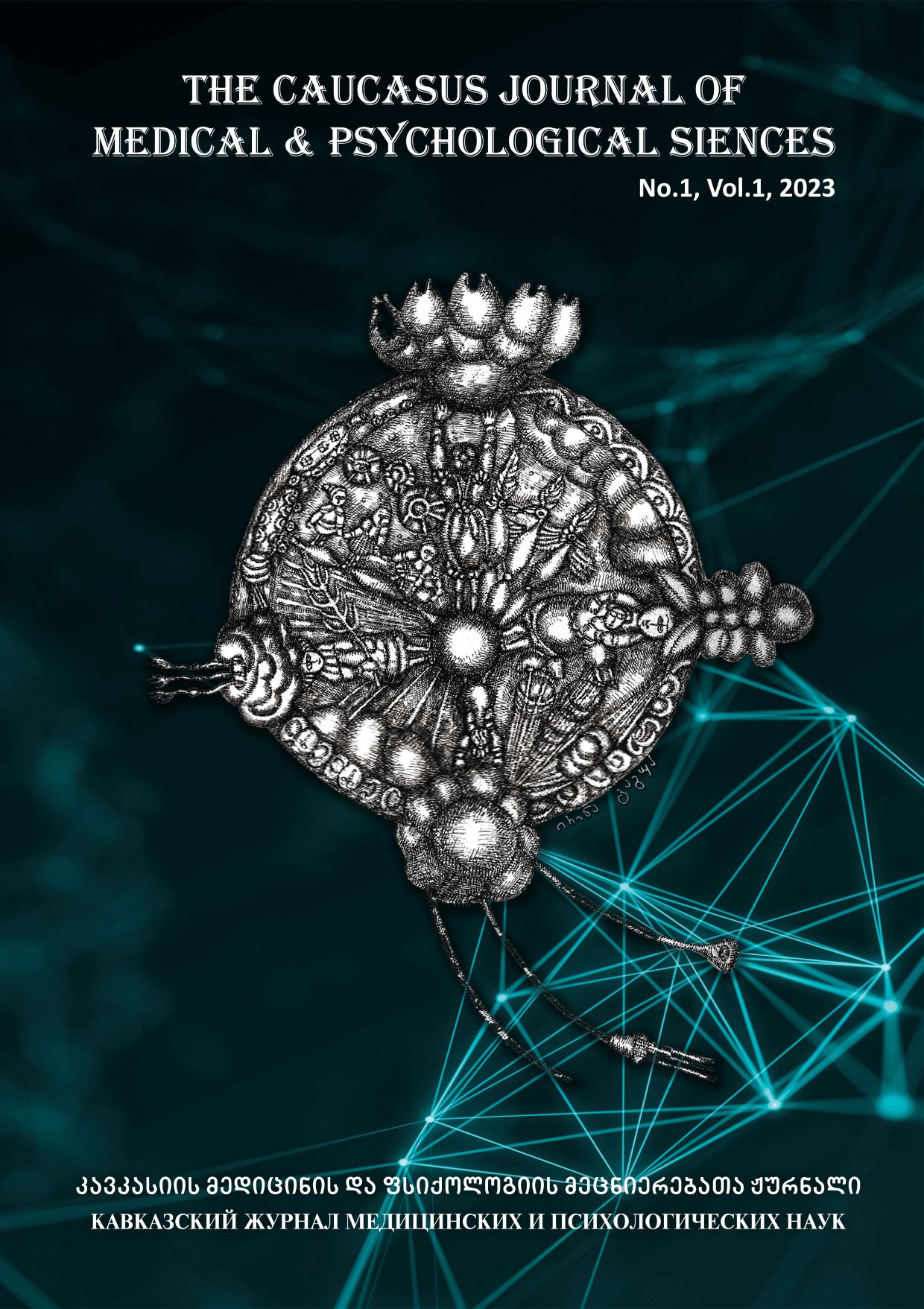State of the autonomic nervous system in athletes
DOI:
https://doi.org/10.61699/cjmps-v1-i1-p61-68Keywords:
swimming, wrestling, physical performance, autonomic nervous system, heart rate variability, training processAbstract
The aim of the study was to evaluate the state of the autonomic nervous system in athletes with different orientation of the training process. The study was conducted with the participation of 30 highly qualified male athletes aged 18-22 years (wrestlers and swimmers). To estimate the functional state of cardiorespiratory system at rest we recorded electrocardiogram, measured heart rate, systolic and diastolic blood pressure, calculated a number of hemodynamic parameters - systolic blood volume, minute blood volume. Bicycle ergometer tests were used to assess general physical performance. To assess the state of autonomic nervous system we conducted cardiovascular tests, including background recording of heart rhythm variability for 5 min, deep controlled breathing test, Valsalva test, active orthostatic test and isometric load test. The cardiovascular tests of the 1st group of sportsmen (wrestlers) revealed a moderate affection of the sympathetic and parasympathetic parts of the autonomic nervous system in 25% of sportsmen, of the 2nd group (swimmers) - a moderate affection of the sympathetic and parasympathetic parts in 5%. The results of active orthostatic test showed that activation of the sympathetic nervous system in the sportsmen of the first group is reliably (p˂0,05) lower (on average 35-40%) than in the second group. Bicycle ergometer testing revealed that wrestlers significantly (p˂0,001) lower absolute and relative performance (PWC170) in comparison with swimmers. Thus, a decreased reactivity of the autonomic nervous system sympathetic department can be regarded as a limiting factor in achieving a high level of sports performance.
References
Баевский, Р.М., & Черникова, А.Г. (2017). Анализ вариабельности сердечного ритма: физиологические основы и основные методы проведения. Cardiometry. 10: 66–76. DOI: 10.12710/cardiometry.2017.6676
Иванова, В.Д., & Семенова, Г.И. (2020). Актуальность соблюдения правил тестирования при оценке вариабельности сердечного ритма у занимающихся физической культурой и спортом. Физическая культура и спорт в современном обществе: материалы Всероссийской научно-практической конференции, посвященной 75-летию Великой Победы, 27-28 марта 2020 г., под ред. С.С. Добровольского. Хабаровск: ДВГАФК: 111-112.
Кальсина, В.В., Кудря, О.Н., Реуцкая, Е.А. (2021). Оценка функционального состояния биатлонисток высокой квалификации по показателям вариабельности ритма сердца. Ученые записки университета им. П.Ф. Лесгафта. № 8 (198): 111-118.
Карпман, В.Л., Белоцерковский З.Б., Гудков И.А. (1988). Тестирование в спортивной медицине. Москва., «ФиС»: 208.
Курчавая, Е.Г., & Брынцева, Е.В. (2021). Взаимосвязь показателей вариабельности сердечного ритма и эргоспирометрии у спортсменов. В сборнике: Безопасный спорт: 149-151.
Пустовойт, В.И., Ключников, М.С., Никонов, Р.В., Виноградов, А.Н., Петрова, М.С. (2021). Характеристика основных показателей вариабельности сердечного ритма у спортсменов циклических и экстремальных видов спорта. Кремлевская медицина. Клинический вестник.; 1: 26-30.
Хаютин, В.М. (1984). Сосудодвигательные рефлексы. Москва, Нaука: 376.
Sassi, R., Cerutti, S., Lombardi, F., et al. (2015). Advances in heart rate variability signal analysis: joint position statement by the e-Cardiology ESC Working Group and the European Heart Rhythm Association co-endorsed by the Asia Paci c Heart Rhythm Society. Europace. V.17.: 1341–1353. DOI: 10.1093/europace/euv015~
Shaffer, F., & Ginsberg, JP. (2017). An overview of heart rate variability metrics and norms. Frontiers in Public Health. V.5.: 258-17. DOI:10.3389/fpubh.2017.00258

